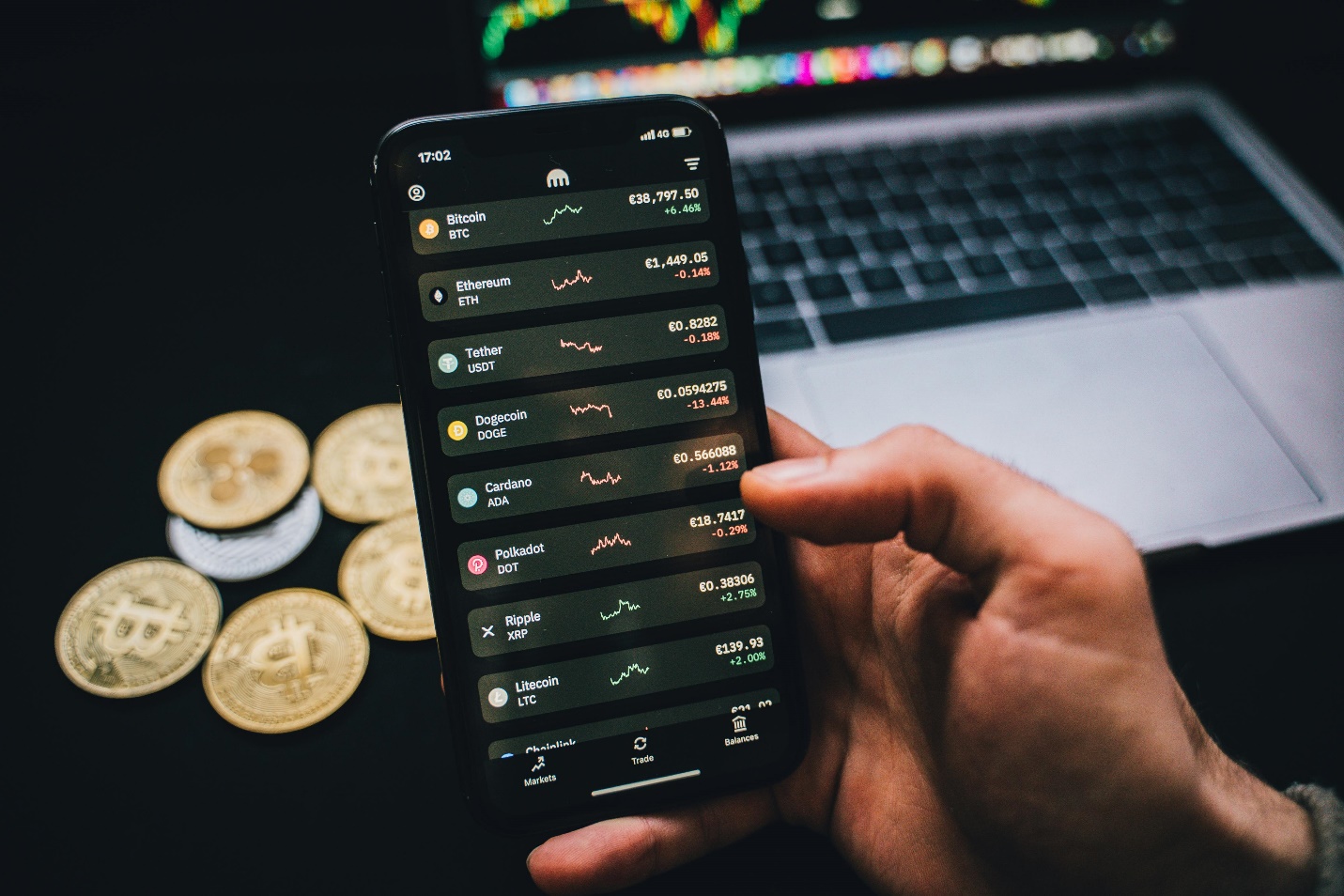A Step-by-Step Guide to Understanding Cryptocurrency Wallets and Keeping Your Money Safe
The concept of cryptocurrency has completely changed how we think about investing and money. Nevertheless, selecting the appropriate cryptocurrencies to invest in is just as crucial as protecting your digital assets. To manage and protect your assets, cryptocurrency wallets are essential, but novices may find it difficult to comprehend how they operate. This post will explain all you need to know about bitcoin wallets and how to secure your assets.

1. What is a Cryptocurrency Wallet?
You may transfer, receive, and store cryptocurrencies like Bitcoin, Ethereum, and others using a digital tool called a cryptocurrency wallet. It stores the private keys required to access your cryptocurrency holdings on the blockchain rather than actual cash like a typical wallet does.
2. Types of Cryptocurrency Wallets
There are two fundamental types of Cryptocurrency wallets:
Hot Wallets
Due of their internet connectivity, hot wallets are more susceptible to hacking, despite their convenience. Among the examples are:
- Mobile Wallets: Apps like Trust Wallet or Coinbase Wallet for smartphones.
- Desktop Wallets: Software you install on your computer, such as Exodus or Electrum.
- Web Wallets: Browser-based wallets provided by exchanges like Binance or Kraken.
Cold Wallets
Cold wallets are offline and offer superior security. They include:
- Hardware Wallets: Physical devices like Ledger or Trezor, which store your keys offline.
- Paper Wallets: Printed copies of your keys or QR codes, kept securely offline.
3. How Do Wallets Work?
Cryptocurrency wallets use two key components:
- Public Key: Similar to a bank account number, it’s shared with others to receive funds.
- Private Key: Comparable to a PIN or password, it’s used to access and manage your funds.
4. Choosing the Right Wallet
Take into account the following factors while establishing a wallet:
Objective: Are you aiming to keep assets for a lengthy period or engage in frequent trading? Regular transactions work best with hot wallets, but long-term storage with cold wallets offers more security.
Security Features: Look for wallets that offer encryption, personal identification numbers (PINs), and two-factor authentication (2FA).
Supported Cryptocurrencies: Ensure that the wallet accommodates the cryptocurrencies you currently own or plan to acquire.
User Experience: While seasoned users might opt for options like Ledger or Trezor for enhanced security, newcomers might prefer wallets that are simpler to navigate, such as Coinbase Wallet.

5. Setting Up a Wallet
Here is a comprehensive how-to for setting up a bitcoin wallet:
- Download or Purchase a Wallet: Choose a reputable wallet provider or purchase a hardware wallet from a trusted source.
- Create an Account: If using a software wallet, download the app, register, and follow the prompts.
- Secure Your Wallet: Enable security features like 2FA, create a strong password, and store your recovery phrase securely.
- Transfer Funds: Use your wallet’s public key to receive cryptocurrencies or transfer funds from an exchange.
6. Tips for Keeping Your Wallet Secure
Protecting your wallet is critical to safeguarding your investments. Follow these tips:
- Keep Your Private Key confidential: Keep your private key confidential, just like you would a password.
- Use Hardware Wallets for Large Investments: Cold wallets are the safest option for long-term storage of significant amounts.
- Enable Backup Options: Securely store your wallet’s recovery phrase in multiple safe locations.
- Beware of Phishing Scams: Avoid clicking on suspicious links or entering your private key on unknown websites.
- Update Software Regularly: Keep your wallet’s software up to date to ensure maximum security.
7. What to Do If You Lose Access
The possibilities for recovering your wallet if you lose access to it vary depending on the kind of wallet you're using:
- For Hot Wallets: Use your recovery phrase or contact the wallet provider for support.
- For Cold Wallets: Use the recovery phrase provided when you set up the wallet. If you lose this, there may be no way to recover your funds.

Conclusion
Understanding cryptocurrency wallets is a fundamental step in protecting your digital investments. By choosing the right wallet, following security best practices, and staying informed about potential risks, you can confidently manage and safeguard your crypto assets. In the fast-evolving world of cryptocurrency, knowledge is your greatest ally—use it to keep your money safe.
(Writer:Tommy)




